Pandesal is the most popular bread in the Philippines for a good reason! With a golden, crumb-coated exterior, slightly sweet taste, and soft, fluffy texture, this Filipino-style bread roll is delicious on its own or with your choice of filling. Perfect for breakfast or as a snack!
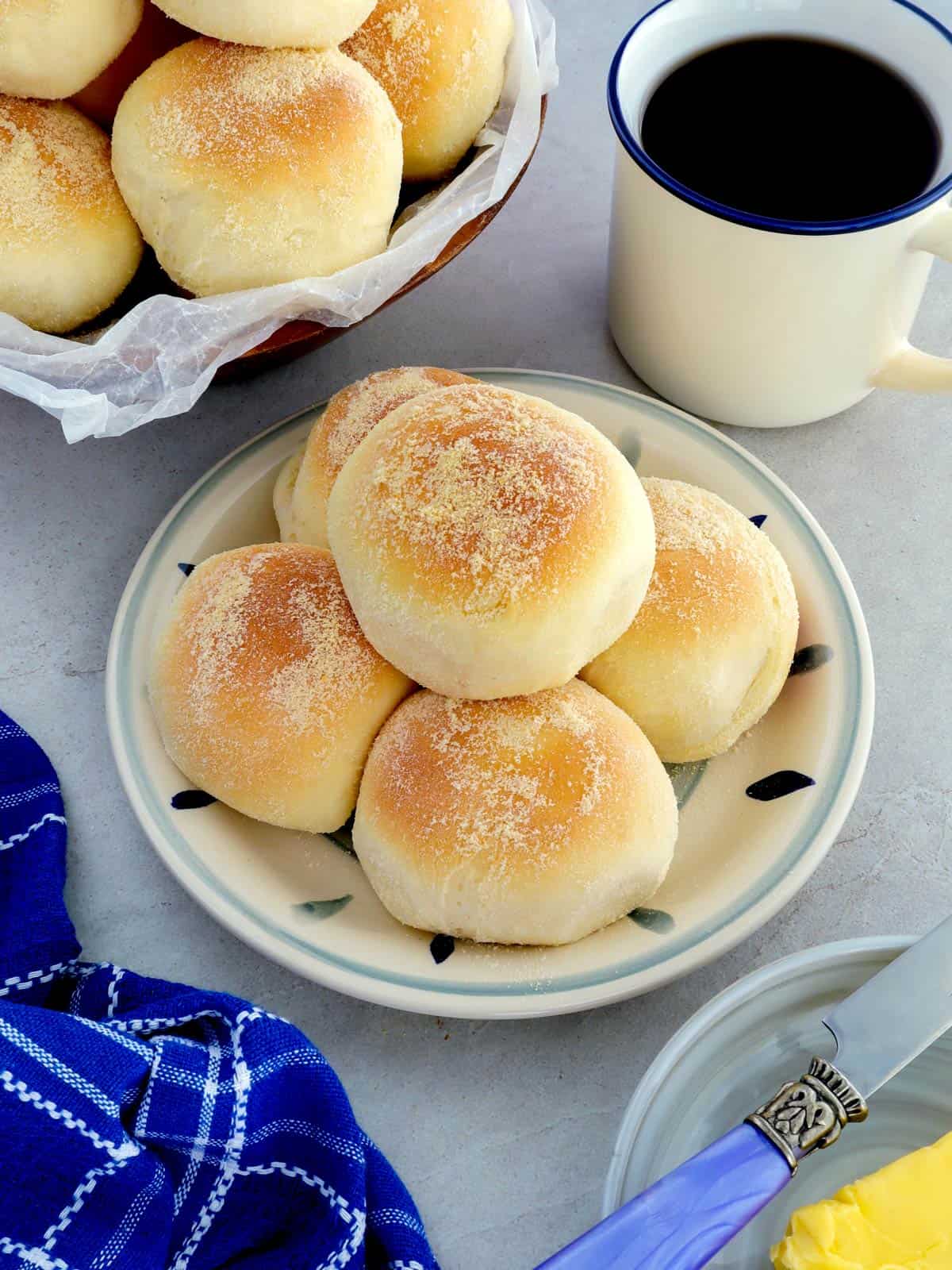
Although I am comfortable with pie crusts and do well with simple coconut macaroons, cheese cupcakes, and chocolate cupcakes, I find baking with yeast a whole different kind of beast. But since one can't have a Filipino cooking blog and not have a recipe for the most popular Filipino bread, I stepped out of my comfort zone and set out to make the best homemade pandesal ever, which I found on Lisa's Salu-salo blog.
After baking a batch following her recipe and enjoying a couple of pieces slathered with copious amounts of Chez Whiz, I realized that our fears become our limits. Making pandesal is not as difficult as I thought. In fact, the hardest part is waiting for the dough to rise! And another fact, I've baked this bread roll many times like a pro!
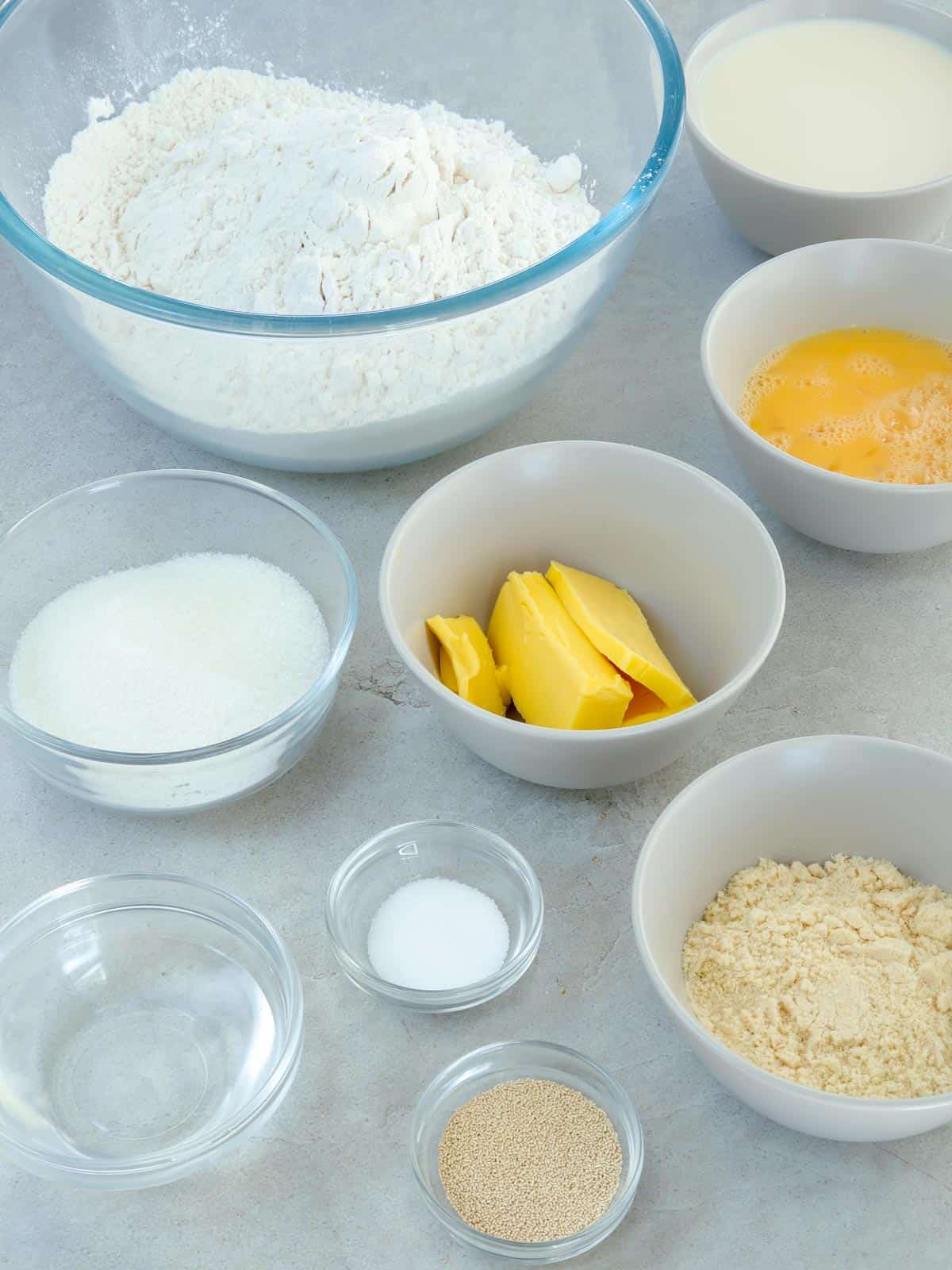
What is pan de sal
Pan de sal which is Spanish for bread of salt is traditionally made with wheat flour, yeast, water, and a pinch of salt added to the dough. Over the years, ingredients such as eggs, milk, and butter were incorporated into the basic recipe resulting in a sweeter-than-salty flavor.
Adding different flavors, such as ube, chocolate, coffee, pandan, and red velvet, is also common. For variety, the bread buns are sometimes baked with meat fillings such as shredded chicken adobo, flaked tuna, or sauteed corned beef.
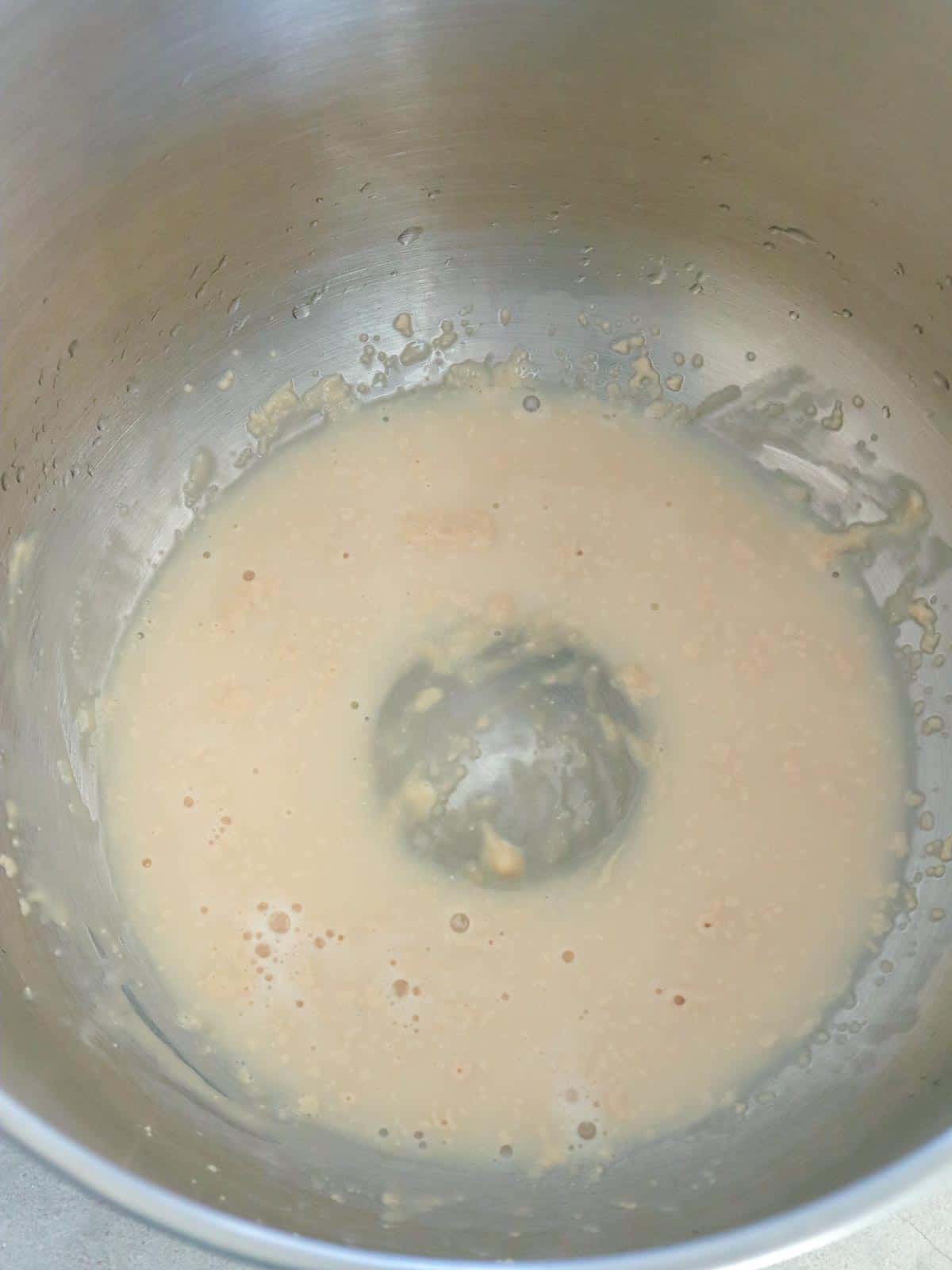
Proofing the yeast
- Make sure the temperature of the water used for proofing is between 105 F to 115 F, as hot liquids (about 135 F and above) will kill the yeast.
- The purpose of activating or proofing the yeast is to ensure it's alive and active before proceeding with the recipe. If bubbles don't appear on the surface of the mixture after about 6 to 10 minutes, it might be the liquid is too hot or the yeast is too old.
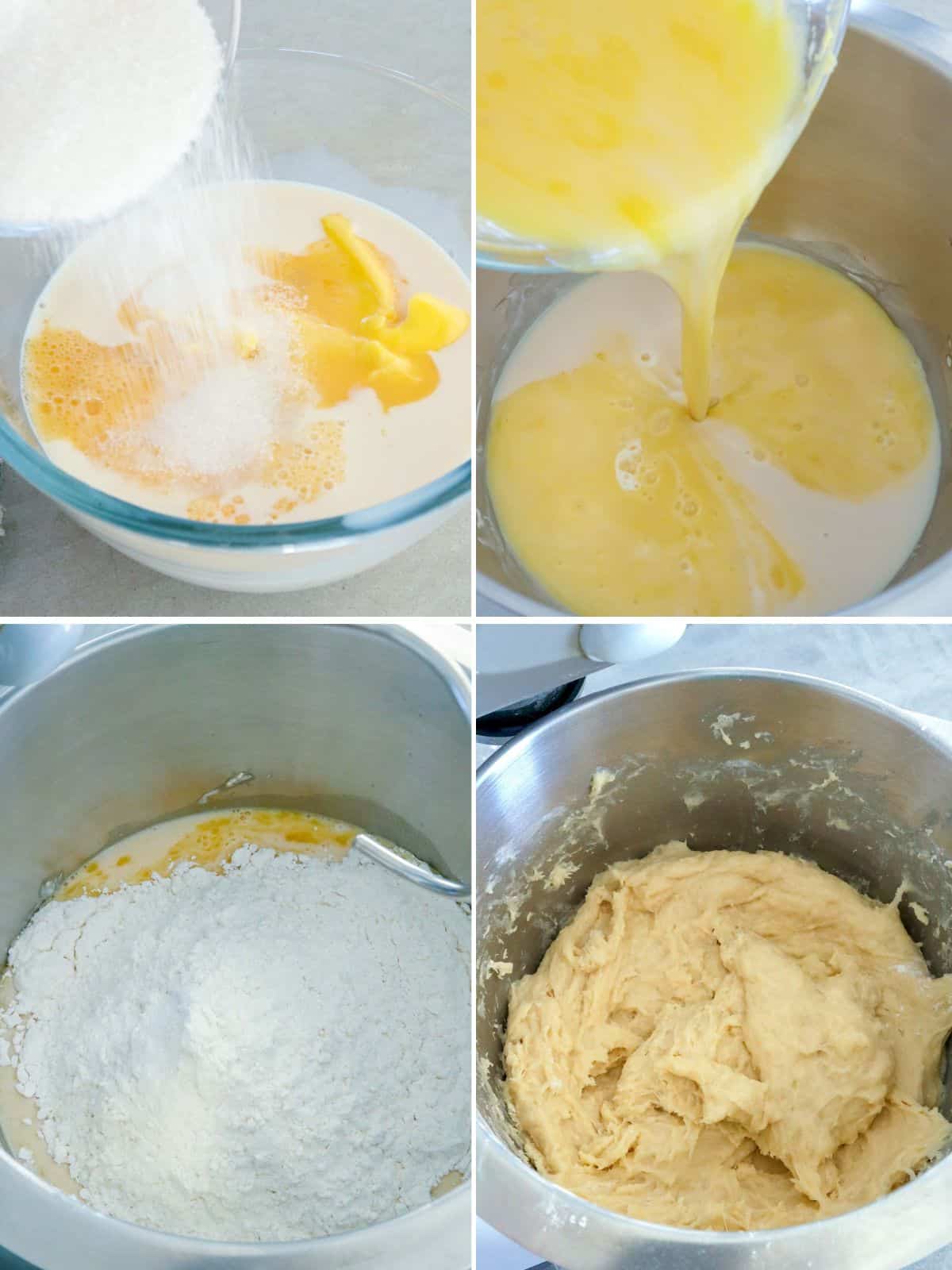
Making the dough
- Add the milk mixture and 2 cups of flour to the yeast mixture. Using the dough hook attachment, mix over medium speed until incorporated.
- Gradually add the remaining 2 and ¼ cups of flour in ½ cup increments and continue to mix until a shaggy dough forms. Turn the dough over on a flat working surface to knead.
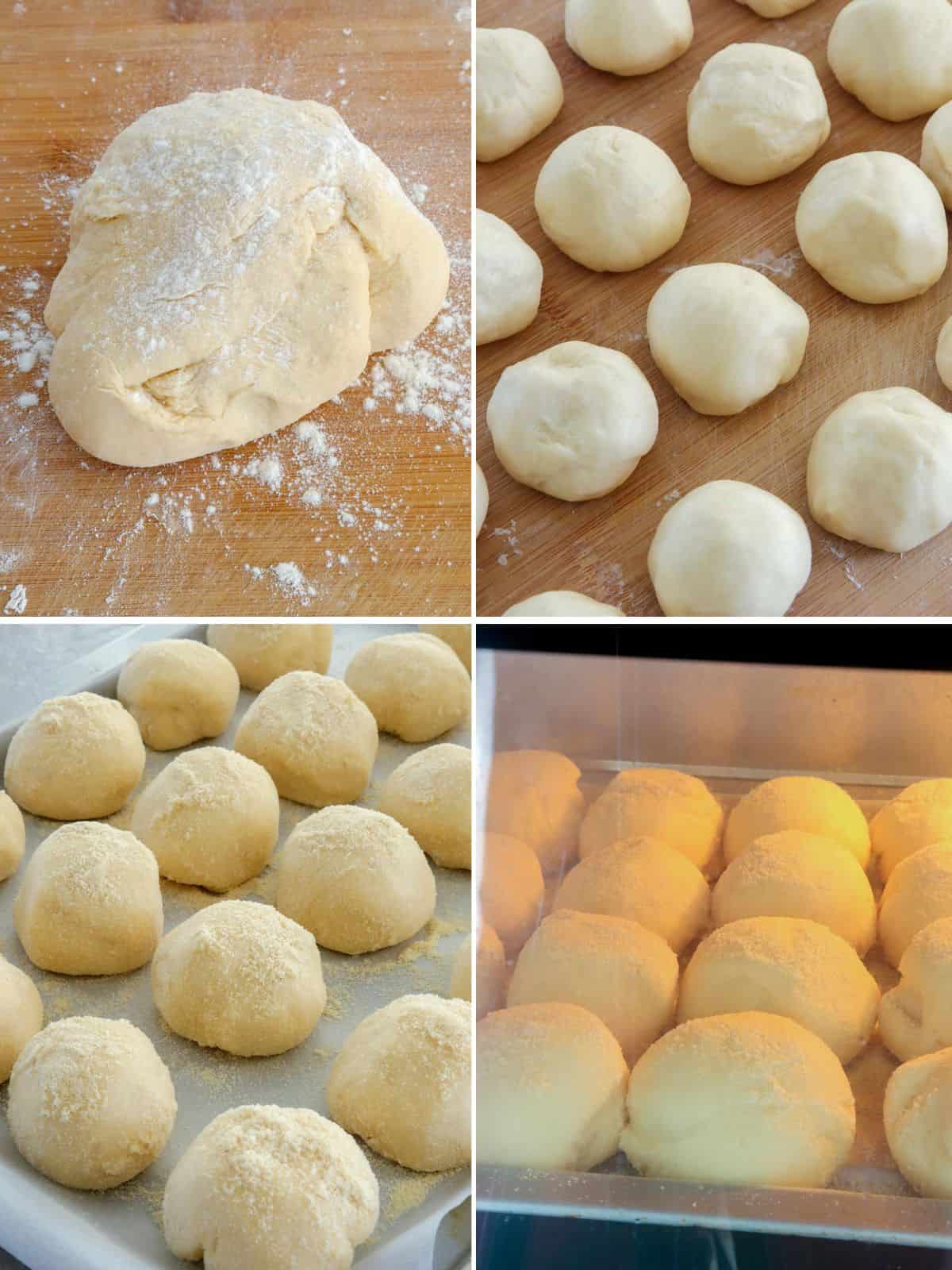
Kneading and rising
- You will need 4 ¼ cups of flour for the dough and about ¼ to ½ cups when kneading. Add the remaining flour sparingly and just until the dough is manageable. Knead the dough until it is smooth, elastic, and no longer sticky.
- Yeast grows and multiplies best at 75 F to 85 F. If your house is too cold, turn on the oven to the lowest setting for about 2 minutes, turn it off, and place the dough in the center of the oven to rise.
How to know if the bread dough has been adequately kneaded
- The dough turns from shaggy to smooth. It will lose its stickiness and will only be tacky to the touch.
- The dough is elastic. Do the windowpane test! Take a little portion of the dough and stretch it out with your fingers. It should form a thin and translucent window in the center without breaking.
- The dimple test. After you poke a finger in the surface, the dough forms a dimple, then springs back up again.
Quick tip
If you prefer the cylindrical shape of traditional pandesal, divide the dough into two parts and shape each into a long baton with a 4 to 5-inch diameter. Cut each baton horizontally into 12 portions.
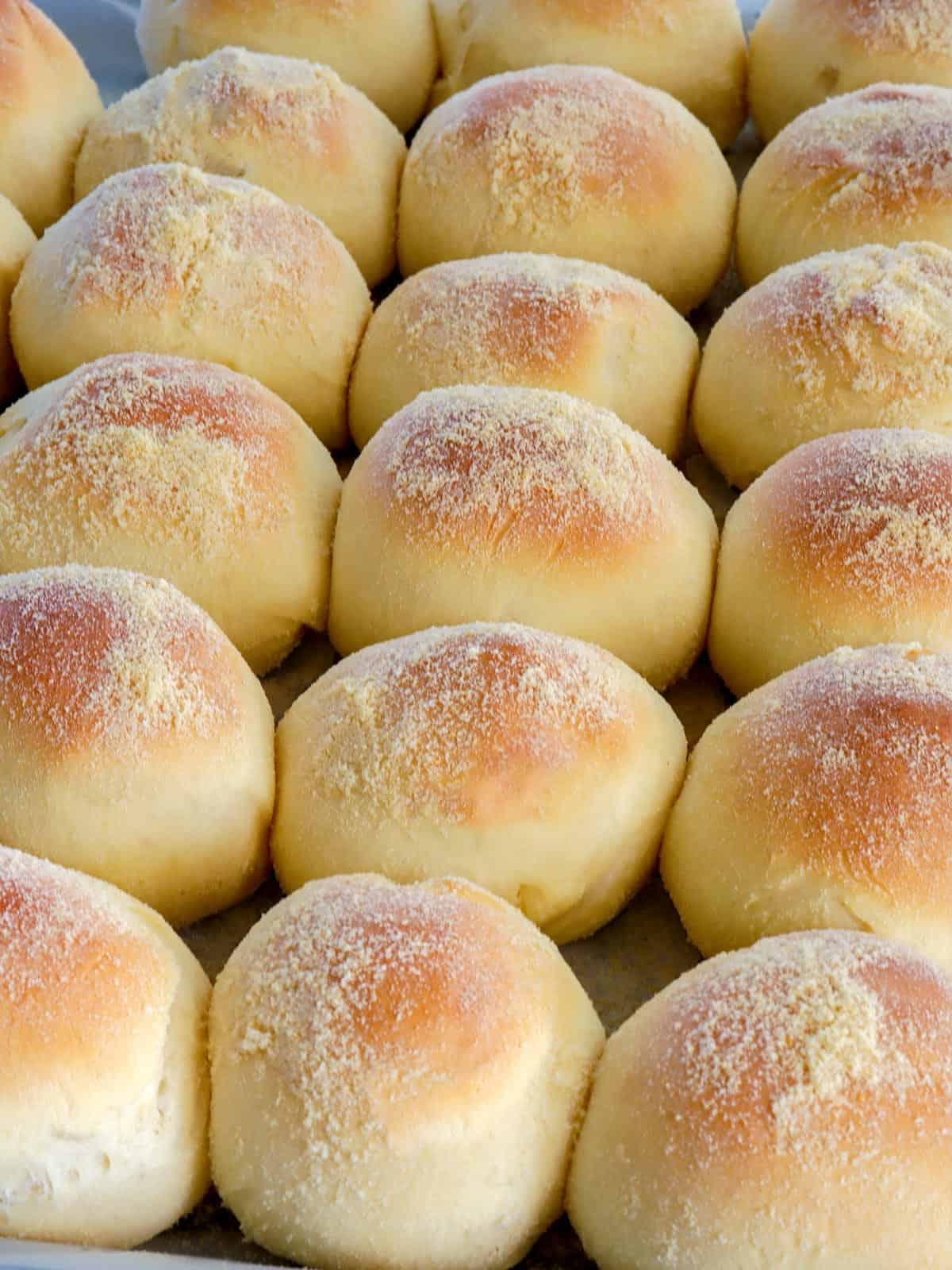
Serving suggestions
- Pandesal is the staple bread of the Philippines. Widely enjoyed throughout the day for breakfast, as a snack, or as part of a larger meal, its place in our cuisine is almost synonymous with that of rice.
- While the soft, fluffy rolls are fantastic on their own, it's common to serve them with coffee for dipping or with a choice of fillings such as cheese, coconut jam, margarine/butter, and peanut butter.
- My personal favorite is stuffing them to the brim with pancit bihon guisado. So good! And if you're lucky to catch Mamang sorbetero on the street, you can even ask him to serve your scoop of mango ice cream sandwiched in pandesal!
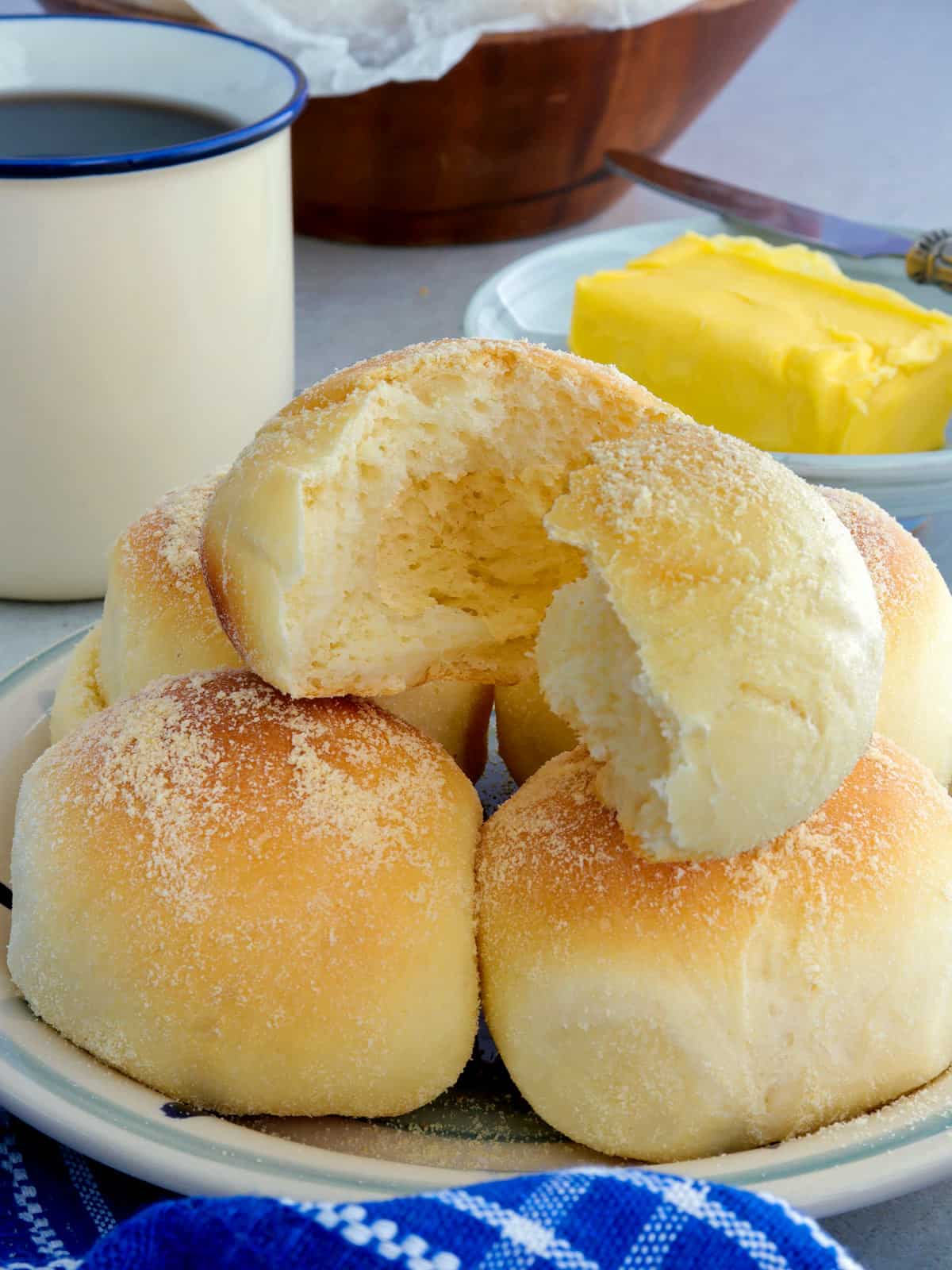
How to store
- Cool, wrap, and bag. Allow the bread to cool completely before storing. Wrap individually in aluminum foil and place in an airtight container or freezer bag to prevent drying. If using a plastic bag, release all excess air before closing the bag, as any air left in the bag will dry the bread more quickly.
- Room temperature- If you're storing them at room temperature, plan to eat them in the next few days, as they don't contain preservatives to extend shelf life.
- Freezer- To keep fresh longer, place the foil-wrapped bread in a freezer bag and freeze for up to a month. Past 30 days, the bread will start to develop frost and freezer burn.
- Refrigerator- NOT recommended as the rolls dry faster, and the taste may be altered.
Reheating instructions
- Oven- place the foil-wrapped bread in a preheated 350 F oven for about 5 to 6 minutes or until warmed all the way through. If frozen, thaw completely at room temperature and warm in the oven.
- Microwave- a good option if you're in a hurry, but watch the bread carefully as this method can quickly turn them tough and chewy. Remove the foil wrap and place the rolls on a microwave-safe plate. Cover with a damp paper towel and microwave for about 20 to 30 seconds.
Ingredients
- ¼ cup warm water
- 1 package (¼ ounce) active dry yeast
- 1 cup lukewarm milk
- 2 ounces butter, room temperature
- 2 eggs, beaten
- ½ cup sugar
- 1 ½ teaspoons salt
- 4 ¼ cups flour plus ¼ to ½ cup more for kneading
- ½ cup fine breadcrumbs
Instructions
- In a stand mixer bowl, combine water and yeast. Allow to sit for 10 minutes or until the mixture becomes bubbly. Stir well.
- In a small bowl, combine milk, butter, eggs, sugar, and salt. Stir together until incorporated.
- Add milk mixture and 2 cups flour to yeast mixture. Using a dough hook, beat to combine.
- Gradually add the remaining 2 ¼ cups flour in ½ cup increments and continue to combine all ingredients.
- On a lightly floured surface, turn over dough and knead, sparingly adding the remaining ¼ cup flour as necessary, for about 10 minutes or until smooth, supple and elastic.
- In a lightly oiled large bowl, place dough. Cover with film and allow to rise for about 1 to 1 ½ hours or until double in size.
- On a lightly floured surface, transfer dough and divide into 24 pieces. Shape each piece into a ball and roll on breadcrumbs to coat.
- Arrange balls about 1-inch apart on a lightly greased baking sheet. Cover with a cloth and allow to rise for about 1 to 1 ½ hours or until double in size.
- Meanwhile, preheat oven to 350 F.
- Bake in the preheated oven for about 15 to 20 minutes or until golden brown. Serve hot.
Notes
- Make sure the temperature of the water used for proofing is between 105 F to 115 F, as hot liquids (about 135 F and above) will kill the yeast.
- The purpose of activating or proofing the yeast is to ensure it's alive and active before proceeding with the recipe. If bubbles don't appear on the surface of the mixture after about 6 to 10 minutes, it might be the liquid is too hot or the yeast is too old.
- You will need 4 ¼ cups of flour for the dough and about ¼ to ½ cups when kneading. Add the remaining flour sparingly and just until the dough is manageable. Knead the dough until it is smooth, elastic, and no longer sticky.
- Do the windowpane test to know if the dough has been kneaded enough. Take a little portion of the dough and stretch it out with your fingers. It should form a thin and translucent window in the center without breaking.
- Yeast grows and multiplies best at 75 F to 85 F. If your house is too cold, turn on the oven to the lowest setting for about 2 minutes, turn it off, and place the dough in the center of the oven to rise.
- If you prefer the cylindrical shape of traditional pandesal, divide the dough into two parts and shape each into a long baton with a 4 to 5-inch diameter. Cut each baton horizontally into 12 portions.
Video

Nutrition Information
“This website provides approximate nutrition information for convenience and as a courtesy only. Nutrition data is gathered primarily from the USDA Food Composition Database, whenever available, or otherwise other online calculators.”

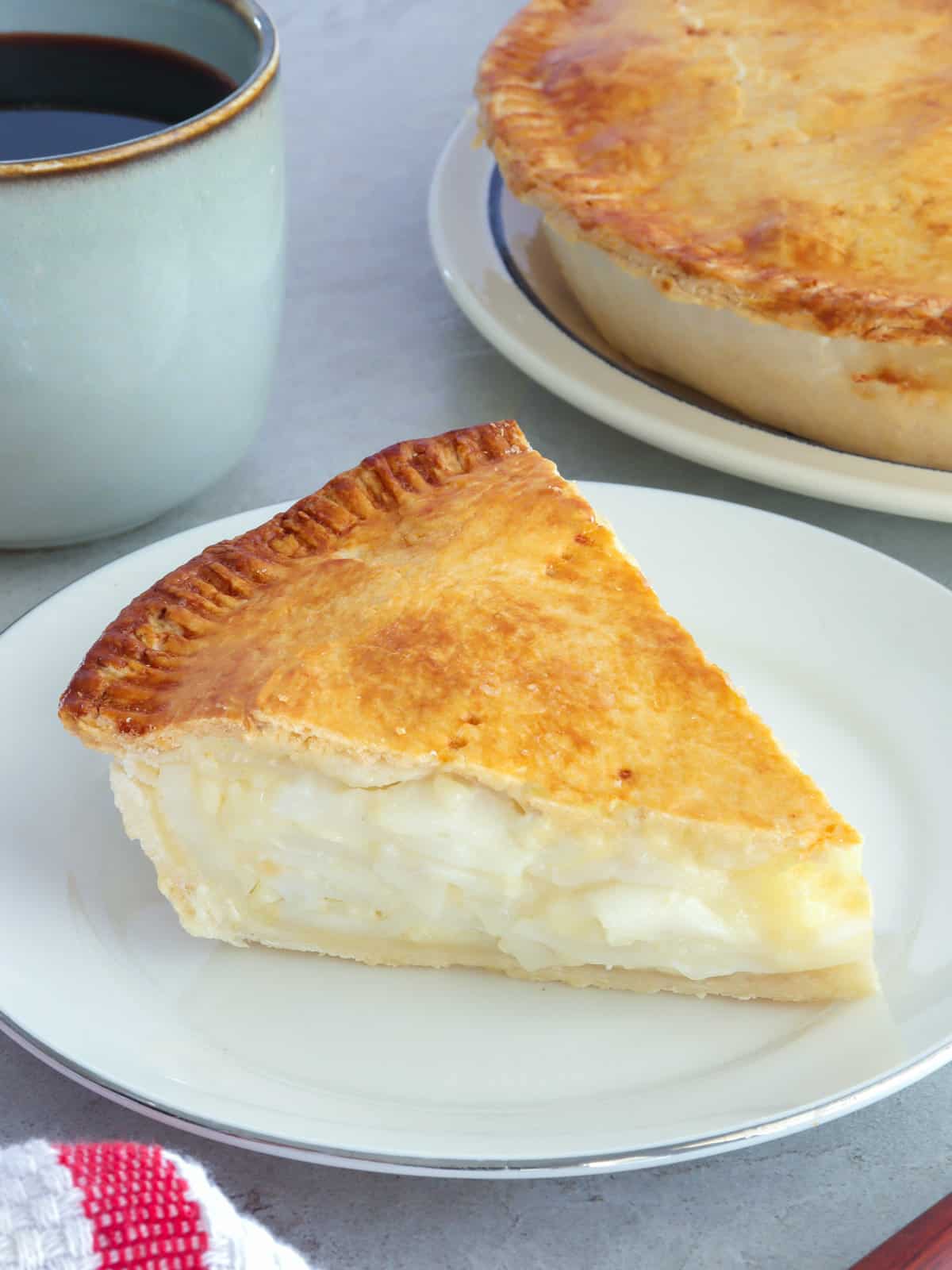
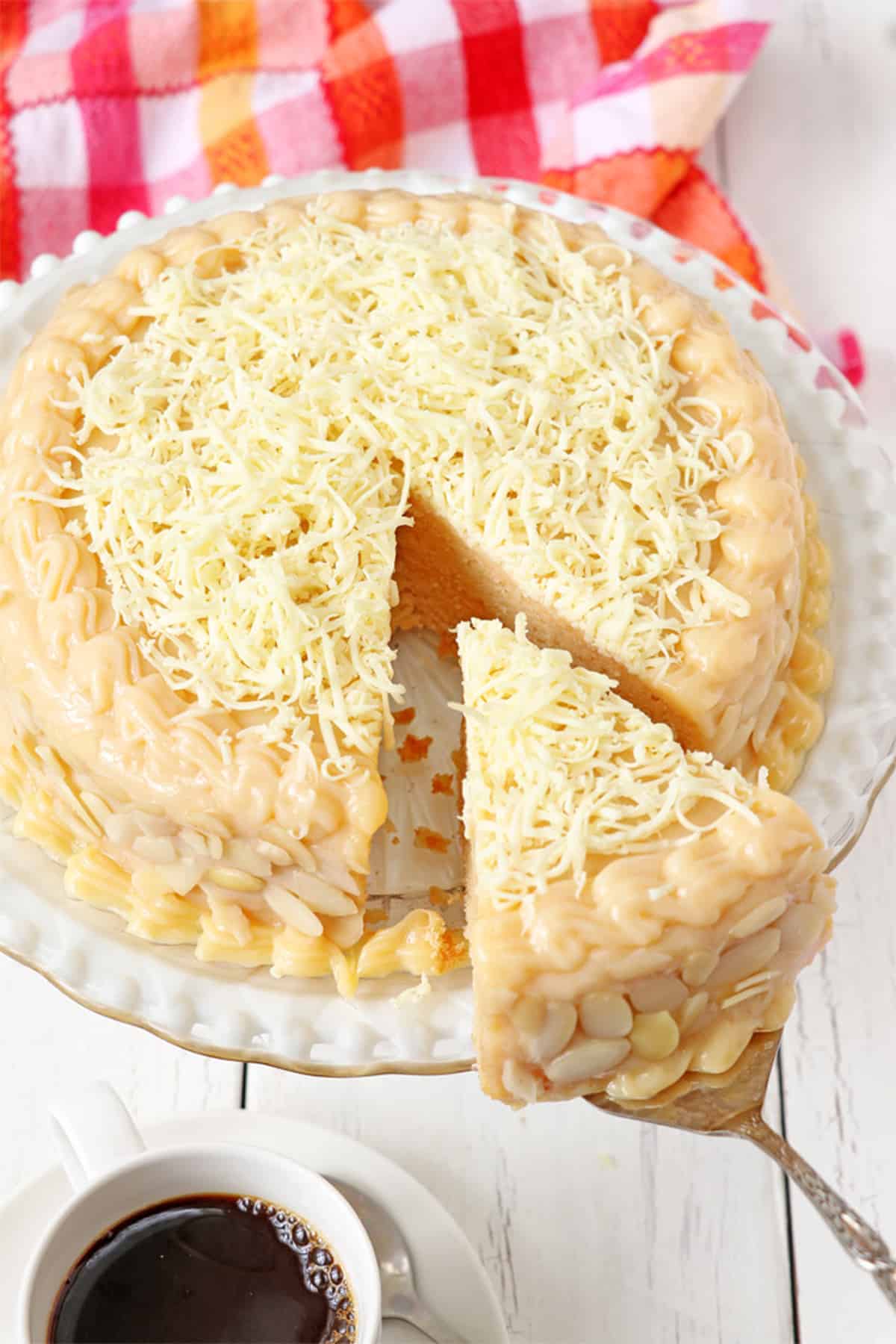
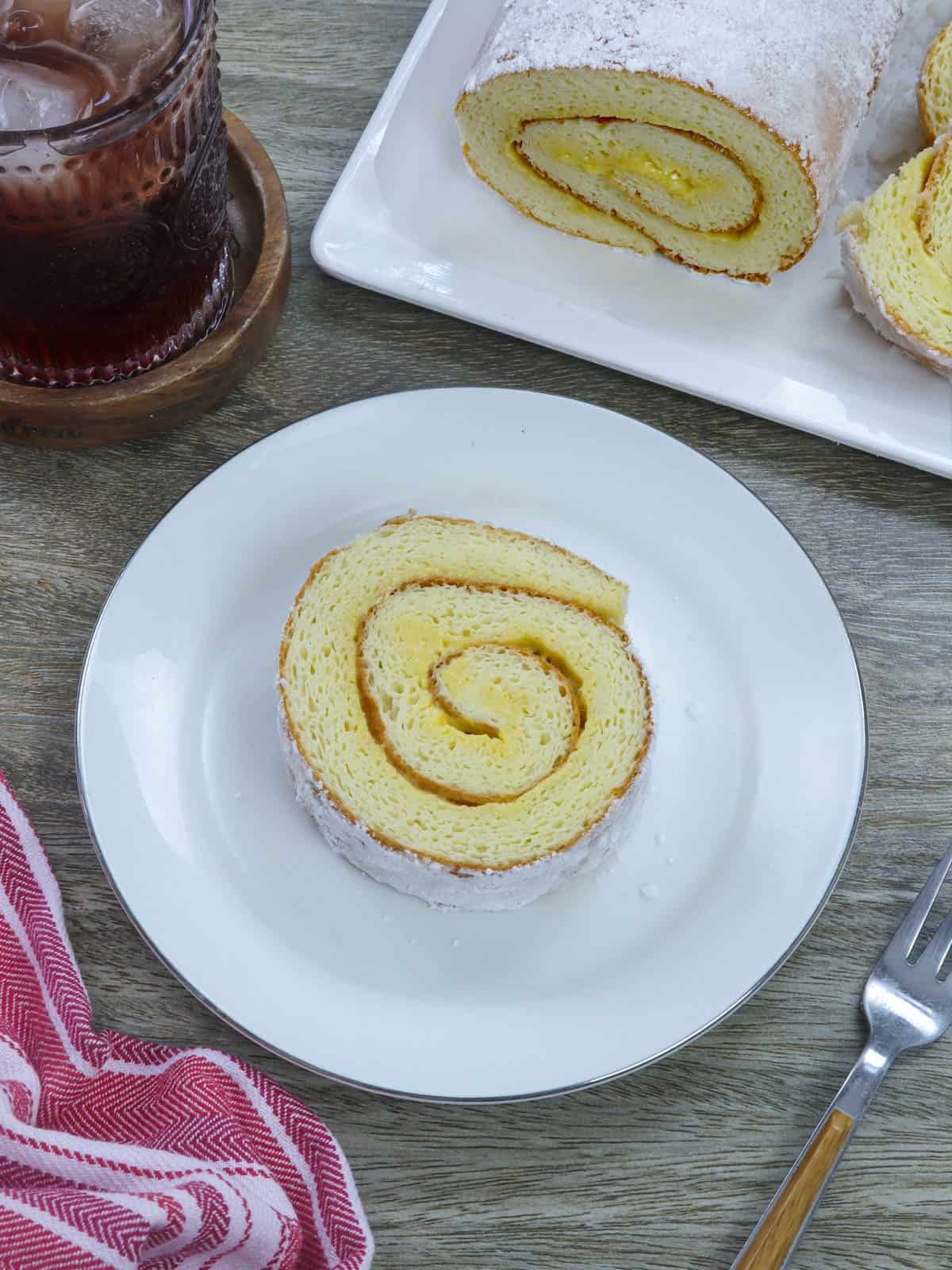
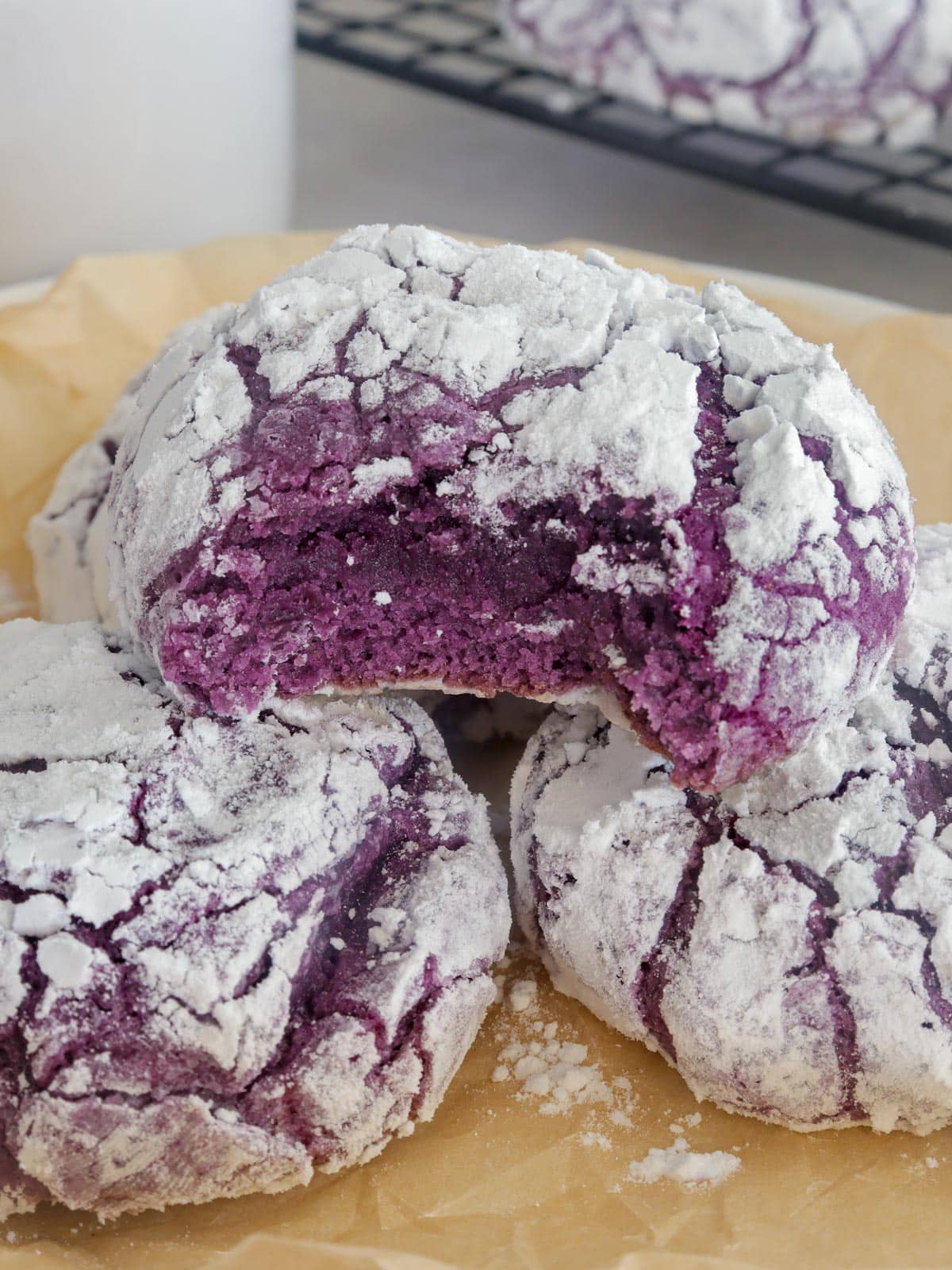
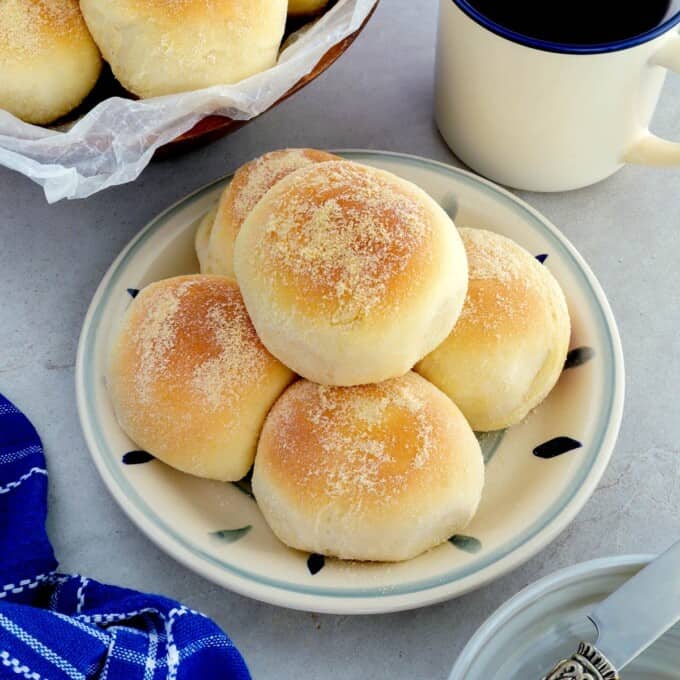
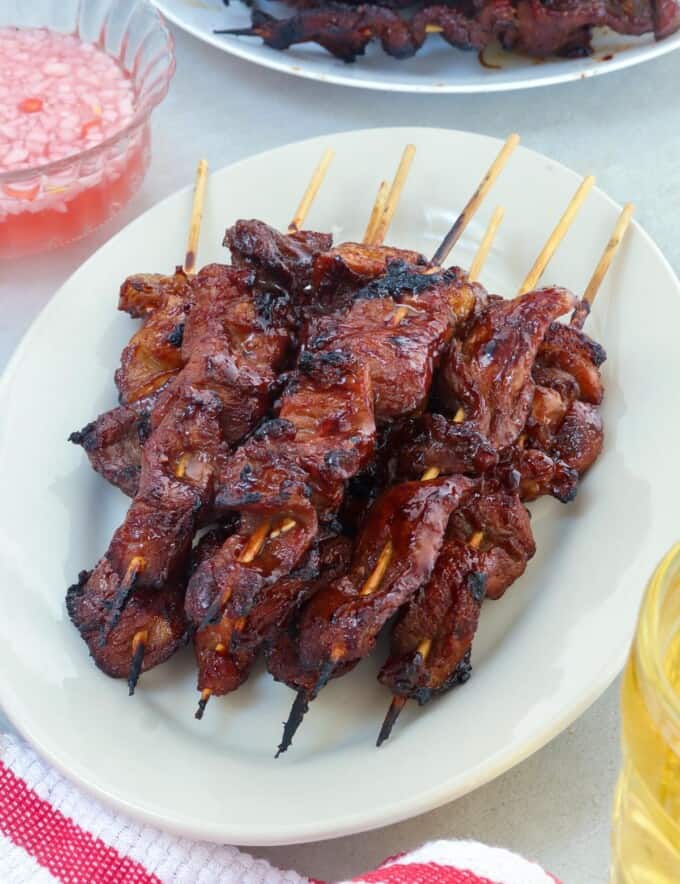
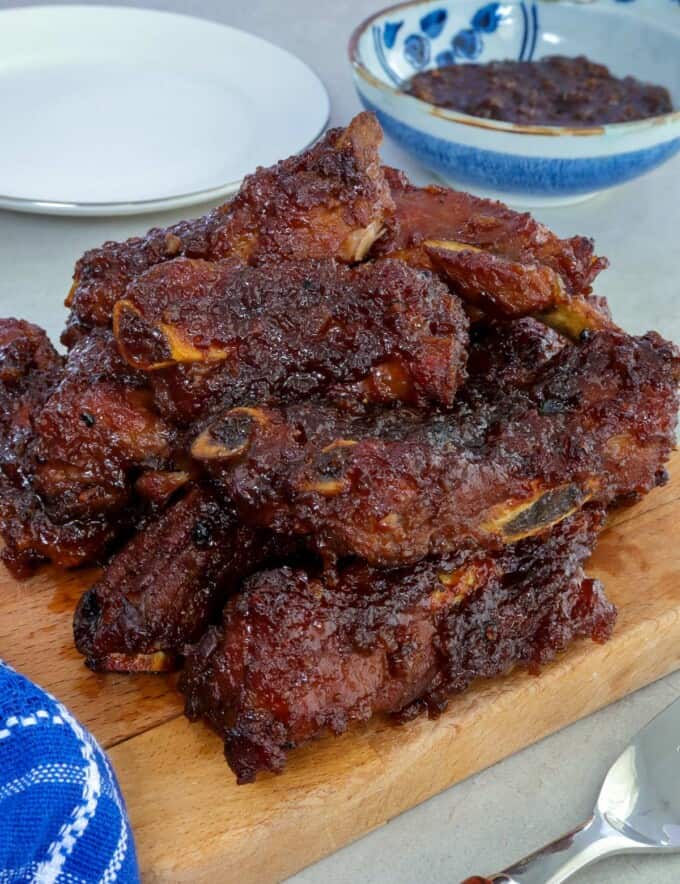
Hannah says
How many pieces does this make? Can I half the recipe? Thanks!
liza says
may i a ask lang po ako may idea po b akayo bakit tumitigas agad yung ginagawa ko g bread hand kneading po ang gamit ko and it takes 30 minutes inaabot pag masa ko. is it because of longer time kneading?do you know the tanzhung method in mixing it in a doug? sabi kasi nakakapag palambot dw sa bread . pls answer me thanks
Lalaine says
Did you measure the flour properly? Too much kasi will make the bread tough 🙁
Ernesto says
Thanks for the recipe. We enjoyed the pandesal. Its my 1st time to bake one and my wife loved it.
Marisa C.Strippel says
Thank you po sa recipe ng pandesal nyo..Marami po akong natry pero yung recipe nyo ang the best kasi ang sarap at sobrang lambot, wala akong maipintas kaya thanx so much sa lahat ng bumubuo sa KAWALING PINOY..God bless!
Lalaine says
Salamat po sa feedback. I am glad nagustuhan niyo yung pandesal. 🙂
Cristy says
Hello po! Bakit po ung pandesal ko hnd ngbbrown sa top pero ung bottom brown na?
jennifer S says
hello po bago lang po ako sa site nyo nakailang beses nakong gawa ng pandisal ibat ibang recipe masarap pag bagong luto ang problema pag malamig na matigas minsan namn parang kulang sa liquid .bukas yung recipe mo naman ang itatry ko sana maging ok po .ask ko din po pano po ang tamang storage nya para di masyadong manigas kahit malamig na thank u po
Norman Canlas says
Hi Lalaine! I made this during the holiday weekend and it turned out very well. Although, I did a few things differently. I can't tolerate regular milk so I used soy milk. Same amount. Also, I wanted the pandesal fresh for my family's breakfast in the morning so I did most everything the day before. The only thing I did the following day was to bake the pandesal. If you will permit me to be a little melodramatic. The work you do is very empowering to people, like me, that has never cooked nor baked anything from scratch. With your guidance, I am truly experiencing the joy of Filipino cooking. Thank you.
marie says
hi ms lalaine! i want to try this recipe, but i just wanna ask, if im going to make the dough a night before, sa second rising po ba pwede sya ng overnight then bake in the morning?
lorian says
this recipe is so good! i just used bread flour and 2% milk. the rest is the same. thank you for the recipe... i feel like im in the Philippines while eating pandesal
Klaudine says
hi! Can I use instant dry yeast instead of active dry yeast?
Lalaine says
Yes, you can. 🙂 Here's a link to read regarding the difference of the two http://www.thekitchn.com/whats-the-difference-between-active-dry-yeast-and-instant-yeast-54252
Lan says
I tried your recepin didnt turn well. Nasusunog every time na papalitan ki ng temp. And mapakla sya. Please advise me
Lalaine says
Hello Lan
I don't really know bakit nasusunog ang pandesal. What temperature do you set your oven? I am assuming mapakla dahil maybe sunog?
Jill says
The best pandesal recipe so far! I'very tried several recipes before but this seems to be the best. I wish I could share a photo of the finished product 🙂 btw, I used bread flour instead of AP came out excellent!
Thanks Lalaine, for sharing this recipe. The search is over. 😀 ☆☆☆☆☆
Lalaine says
Thank you, Jill, for the feedback. I've never tried this with bread flour but I've read somewhere that it does make for a softer bread 🙂
Tara says
These were perfect! Glad I can finally make my husband's favorite bread.
Gladina S Blomkvist says
Hi Lalaine,
I'm just about to try and bake pandesal but I need to ask about the flour. Can I use any kind of flour (wheat flour, rye flour, stifted rye??) I live in Sweden and these are the kinds of flour available in the supermarket. I love pandesal and it is the best bread I know.
Thank you very much and I look forward to hearing from you!
Tack,
G
Lalaine says
Hello Gloria
I've never tried baking this pandesal other than with all purpose flour. Whole wheat creates a bit more dense product and as it absorbs more liquid, so you might need to adjust the amounts of liquid in the recipe. Unfortunately, I haven't tried it myself so I won't be able to help you in terms of measurements.
Gladina S Blomkvist says
Good morning Lalaine,
I'm now eating the pandesal. It turned out well to my surprise. The milk that I had at home had expired. (discovered it too late/all shops have closed) I substituted it with Nido milk mixture. I don't use milk regularly, not even on my coffee, and it just stays in the fridge. BUT, I sometimes take spoonfuls of Nido.... as is! The pandesals' texture are very good. I baked it yesterday night, tried one, and now I've just eaten another two... still soft like a pandesal at my local bakery back home. I've been wanting to eat pandesal for so long. We don't have that here where I am. Now, I can bake it for my Filipino frieends. I've just googled it and decided to use your recipe. Thank you for sharing your recipes (will try the others soon)! Your website helps me remember the good food in the Philippines. Maraming salamat!
All the best,
Gladies
Lalaine says
Hi Gladies
Yey! I am glad your pandesal adventure was successful. I am fortunate that I live in Southern California and we have a robust Filipino community here. There is a panaderia I can go to buy pandesal. But of course, nothing beats homemade straight from the oven.
Thanks for the feedback.
P.S. I eat Nido powder, too. I always keep a can on hand and everytime I want something sweet, I take a spoonful 🙂
Lina Samson says
Hi Lalaine, this is my first to be on your site. I browse on page that has the Pancit Malabon, and I am very impress on how you make. I am from Malabon and your technique is just like mine. I just don't go overboard on seafoods also I go on a shorter version. When I make the sauce if there is no ground pork, I just beat some eggs and I pound some garlic and I toast them. i also boil pork bones and I have this bamboo strainer to cook the soak noodles to the boiling water with pork bones. Here in Massachusetts is not like California that you can buy the ingredients that you need to make some other Pilipino foods. There are some Chinese and Vietnamese stores but not like in California. Keep up the good work, you are a pretty good cook.
Lalaine says
Thank you so much, Lina, for your feedback. My Pancit Malabon was result of many years of trial and error and my family and friends seem to enjoy it as much I do 🙂
Indeed, I am lucky, being a blogger of Filipino recipes, to be in Southern California where I have better access to Filipino products. Have you tried Amazon for the products you can't find in regular stores?
GeeR says
Hi, what kind of bfeady should I look for in the grocery. All I can find are big ones like for tempura. Thanks!
Lalaine says
I use regular bread crumbs (not panko). If you can't find any, just process a few pieces of dry bread in a food processor until almost powder-like 🙂
Yakatak says
My third time to bake in my entire life and the result of this recipe was amazing! I botched the procedure, but the pandesal was still yummmyyyy! I burned the bottm of the bread though, need to watch out for that next time. Thank you for this recipe! One question though, how do we store the pandesal so it lasts a couple of days?
Kristy says
Hi. What kind of milk do you use and do you need to preheat the oven?
Lalaine says
Hello Kristy
I use fresh milk (homogenized milk). Please preheat the oven to 350 F. Happy baking 🙂
Christie says
Hi, I tried your recipe this morning but I had to add an additional almost 2 cops for my dough to not be sticky. What did I do wrong!? I ended up scrapping the dough because I know if I baked it, it would turn out very, very tough. Any ideas?
Lalaine Manalo says
The dough will start a little wet and sticky but should turn smooth and elastic with kneading. Adding 2 cups more flour would make it very hard.